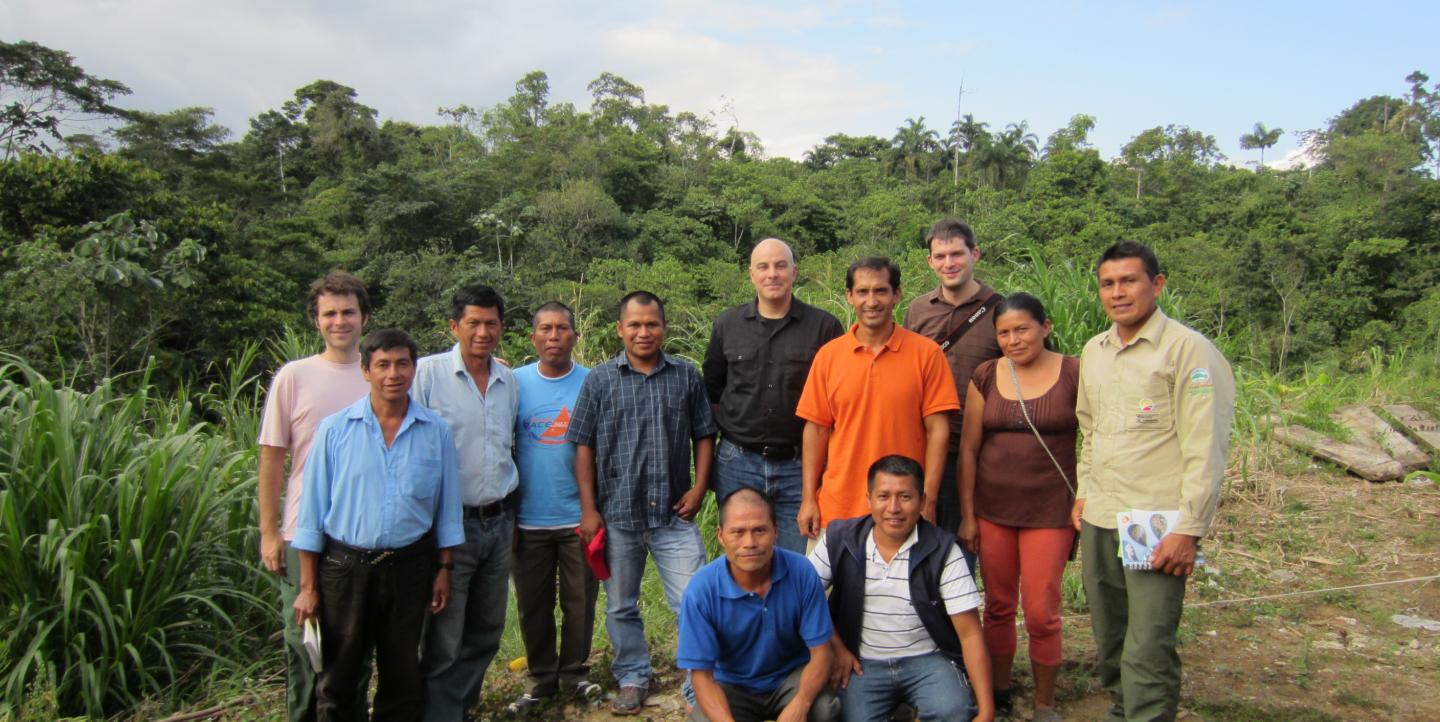In Ghana, taxi drivers install sensors to monitor air quality. In Ecuador, indigenous groups count the number of trees, jaguars and other species in their part of the rainforest. In both cases, their data give scientists a richer trove of information about the environment.
Journalists should play a part in environmental monitoring projects like this. They could help connect communities, tell the stories behind the data collected and help explain the problems and issues to a larger public and to decision makers.
This type of community monitoring, often called citizen science, is gaining traction with scholars. Some examples are well-known on the Web, like the site GalaxyZoo, which asks users to lend a hand in classifying telescope images of space. With a few simple clicks, the users help scientists analyze more data than they otherwise could have.
But citizen science is not limited to mobilizing website visitors. There are a number of non-governmental organizations (NGOs) worldwide taking advantage of access to technology and new, reasonably priced devices for collecting data. Projects in Asia, Africa and the Americas are using tech that ranges from mobile phones with GPS to sensors that measure water and air quality.
I heard about some good examples at a meeting in Quito, Ecuador, hosted by public policy NGO Grupo Faro. Organizations from South America and the U.S. presented projects that use crowdsourcing to improve data collection. For example, professor Eric Paulos of University of California’s Center for New Media talked about the project he led in Ghana, where taxi drivers have installed air-quality sensors on their vehicles and helped to measure pollutants in the capital, Accra.
As part of my Knight International Journalism Fellowship, I was invited by Frontline SMS to participate and share the work of InfoAmazonia. Currently, we pull space agencies’ satellite data to monitor conditions in the Amazon. In the next phase, we want to bring communities’ data onto our platform, and possibly cross-check it with a team of journalists using GPS and other sensors. (Here’s my presentation.)
We learned about citizen monitoring projects that are already underway in Ecuador. In Galapagos National Park, for example, the authorities of the protected area have involved local residents in monitoring the quality of fresh water, a critical scarce resource on the archipelago.
Grupo Faro has also already set up some citizen monitoring projects in the Amazon area of Ecuador. In partnership with Universidade São Francisco de Quito, it is about to launch a satellite monitoring system to measure deforestation. This data will be later checked on the ground by local communities.
We visited an indigenous Quichua Wamani community that monitors the fauna and flora in a 5,000-hectare area of the rainforest near Tena, about 140 km from Quito, for Grupo Faro. They fill out paper questionnaires and tables when they see a jaguar, a tapir, a deer or any of the species living in the area. They also mark off small areas of the forest with ropes. Once every three months, they count the number of trees within the ropes and note their size.
Grupo Faro researchers believe technology could improve the project's monitoring and quantity of data. There is good mobile coverage in the region, and the local school recently gained Internet access.
Frontline SMS in Africa has used mobile phones to share prices of agricultural goods, which could be a good model for mobile delivery of rainforest data.
InfoAmazonia looks forward to learning from all of this work, and I hope other journalists will look for opportunities to work with citizens to monitor and report on the environment.
Photo: Researchers, park rangers, journalists and local leaders discuss using technology for citizen data collection; courtesy of Gustavo Faleiros.
Gustavo Faleiros is an environmental journalist and media trainer who specializes in data journalism. He is a Knight International Journalism Fellow based in Brazil. You can follow him on Twitter.

